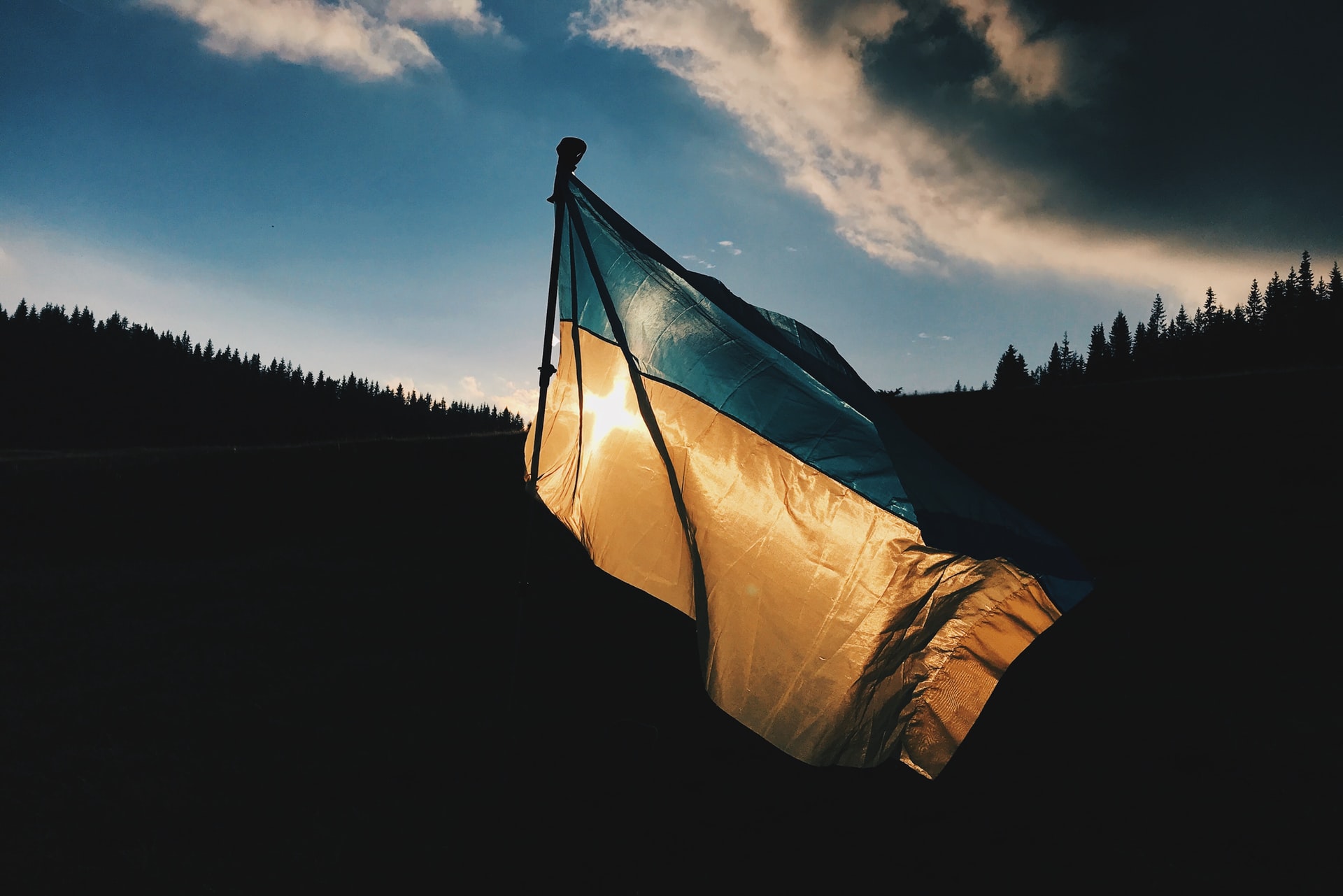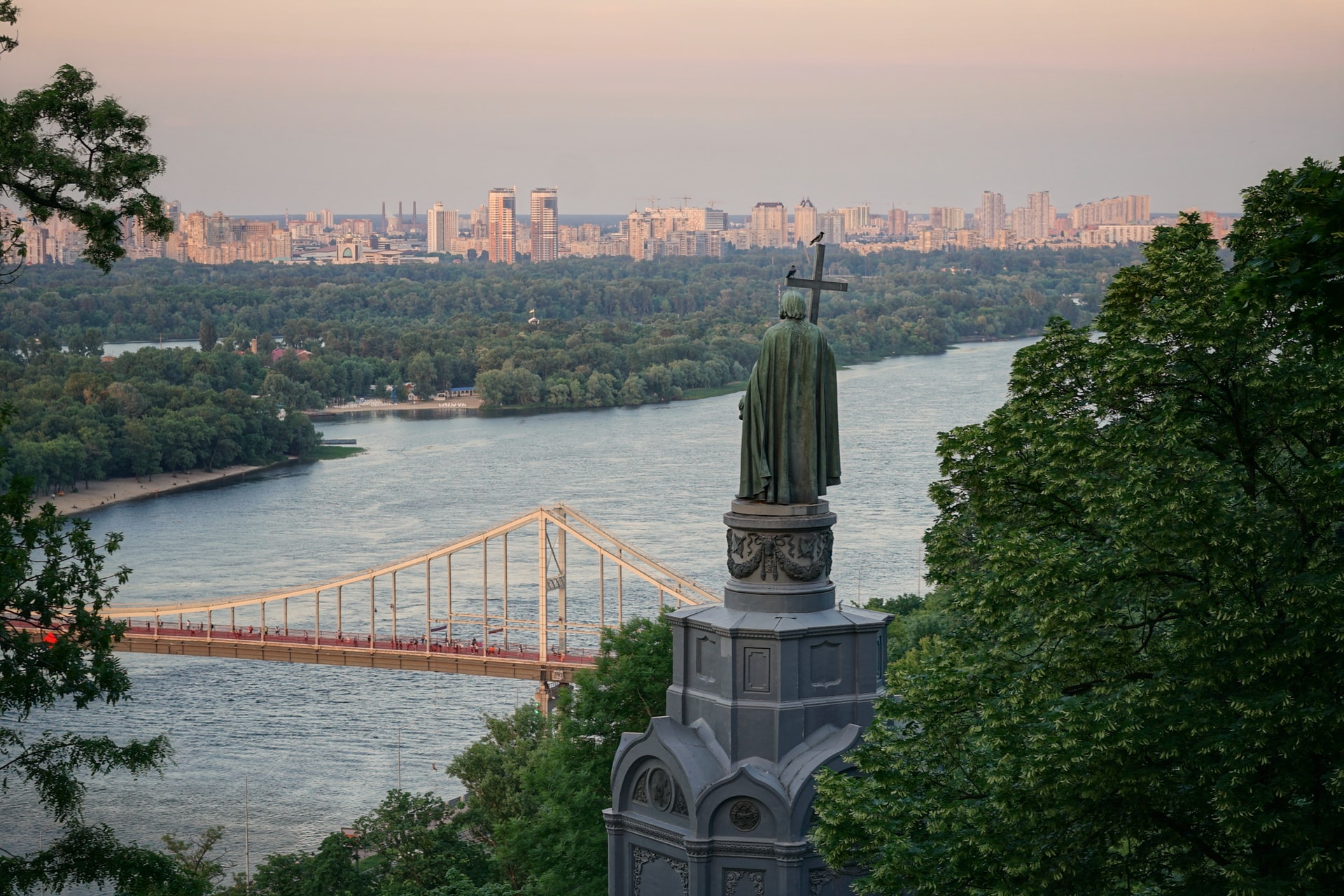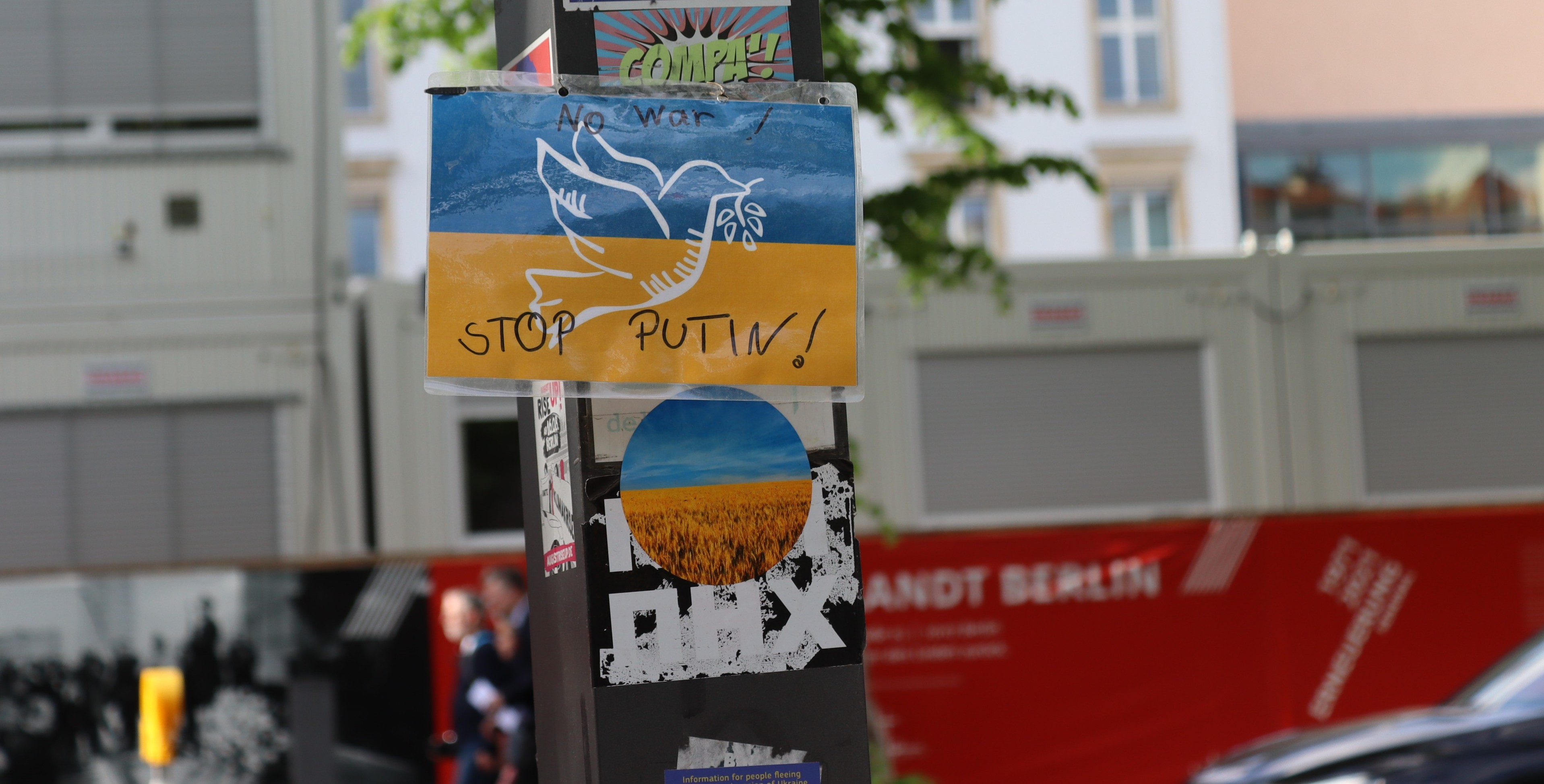Religious rhetoric and symbolism wielded by the Russian arms of the state have become commonplace, particularly accelerated by the 2022 invasion of Ukraine. In this piece, Professor Maureen Perrie unpacks the recent language of the “antichrist” and the “katechon” used by Patriarch Kirill of Moscow.

On 20 November 2022, Patriarch Kirill of Moscow celebrated his 76th birthday. At a reception to mark the occasion, held in the Cathedral of Christ the Savior in Moscow, the Patriarch warned his guests in apocalyptic terms of the current dangers facing Russia and the Russian Orthodox Church. Without explicitly mentioning the war in Ukraine, Kirill called on the Church to play an active part in “the struggle of our Fatherland against global evil” and against “this movement of the Antichrist, which is capable of destroying both the entire world and Russia.” All the forces of the Antichrist, he claimed, would be directed against Russia, because the Russia of today was the “restraining force” (uderzhivuaiushchii) that was mentioned in Scripture in relation to the appearance of the Antichrist in the world.
Speaking to the audience at his birthday reception that mostly comprised hierarchs of the Orthodox Church, Kirill evidently did not feel the need to explain the Biblical concept of the “restraining force.” Several months earlier, however, in a sermon he preached in the Cathedral of Christ the Saviour on 7 April, Kirill had called for prayers to be said for peace in Ukraine and for the preservation of the unity of the Orthodox Church. Why, he asked, had external forces attacked the “Russian land”? The Bible, he explained by way of an answer, contains a reference to a certain force that restrains the coming of the Antichrist into the world. It does not say what this force is: some think it was the Roman Empire; others believe it is the Church. The latter view is correct, Kirill claimed, but the restraining force is also “the entire pious people of all times and all countries, it is the Orthodox faith which lives and acts in the Orthodox Church.” This, he concluded, is why the enemies of the Church are now attacking its unity.
Kirill was referring to the passage in St. Paul’s Second Letter to the Thessalonians, in which the apostle explains that the second coming of Christ will be preceded by the appearance of “the man of lawlessness” or “the son of perdition” who falsely proclaims himself to be God, but who is currently being restrained – a role played by him “who now restrains” lawlessness [2 Thess. 2.1-12]. This somewhat obscure passage has, as Kirill admitted in his sermon, been subject to a number of interpretations. Although the “man of lawlessness” is generally considered to be the Antichrist, the identity of the “restraining force,” often referred to by the Greek term “katechon,” has been a matter of much dispute. The Patriarch, in his April sermon, mentioned the view that it was the Roman Empire, but did not add that this identification had been extended by some Russian philosophers to include both the Second and Third Romes (Byzantium and Moscow respectively). In fact, the concept of Russia as the katechon had become fashionable in a number of far-right nationalist and ultra-Orthodox circles even before the invasion of Ukraine in February 2022; the neo-Eurasianist ideologue Alexander Dugin, for example, has for some years been a regular contributor of apocalyptic articles to the website of the think-tank Katechon (katehon.com). It is not clear how far the concept of Russia as katechon has spread from these extremist fringes to the mainstream of contemporary Russian political thought, but Kirill’s shift from his identification of the “restraining force” as the Church and its followers (in his April sermon) to its identification as Russia itself (in his November birthday address) suggests a move towards a more overtly nationalist position on the part of the Patriarch, who cannot be unaware of the ideological resonances of the concept.
As far as the Russian government is concerned, there has been a noted increase in religious or quasi-religious discourse in recent months. In President Putin’s rambling speech in the Kremlin on 30 September 2022 to mark the annexation of four Ukrainian regions by Russia, he denounced Western elites for their rejection of “traditional values,” and described their views as “‘religion in reverse’—outright Satanism.” And he immediately added a quotation from the Sermon on the Mount, where Christ warned of “false prophets”: “By their fruits shall you know them” [Matt. 7.15-16]. Putin thus implied that the “poisonous fruits” of the Western leaders were an indication of their evil nature: the phrase “false prophets” is of course an equivalent of “False Christs” (see for example Matt. 24.24), and hence of the Antichrist.
More recently Dmitry Medvedev, the former Prime Minister and subsequently President of Russia, now the deputy chair of the Security Council, issued a crudely worded post on his Telegram account on the occasion of the Day of National Unity (4 November 2022), in which he boasted that although Russia had the potential to send its enemies to the fires of hell (evidently a reference to the unleashing of nuclear warfare), it would refrain from doing so. Instead, he said, Russia had the sacred aim of stopping the supreme ruler of hell, “whatever name he uses: Satan, Lucifer or Iblis,” whose aim is destruction. Medvedev’s use of the term “Iblis,” the name of a Muslim equivalent of the Christian Devil, may indicate a potential difficulty for Russian politicians in using overtly Christian language during a war in which so many of the soldiers of the multi-confessional Russian Federation are non-Christians.
This is obviously less of a problem for Patriarch Kirill. The concept of the “restraining force” is in fact quite an attractive one to invoke in wartime, by comparison with more traditional apocalyptic notions. Whereas the Antichrist can be a negative and diabolic figure, foreshadowing the end times and the Last Judgment, the katechon can be a positive cheerleader for patriotic mobilization. In the image of Russia as a “restraining force” against the global powers of evil, Patriarch Kirill may have found the ideal metaphor for promoting the fiction that the Russian invasion of Ukraine is a noble campaign of self-defense.
This article is from Public Orthodoxy and is published with permission.





